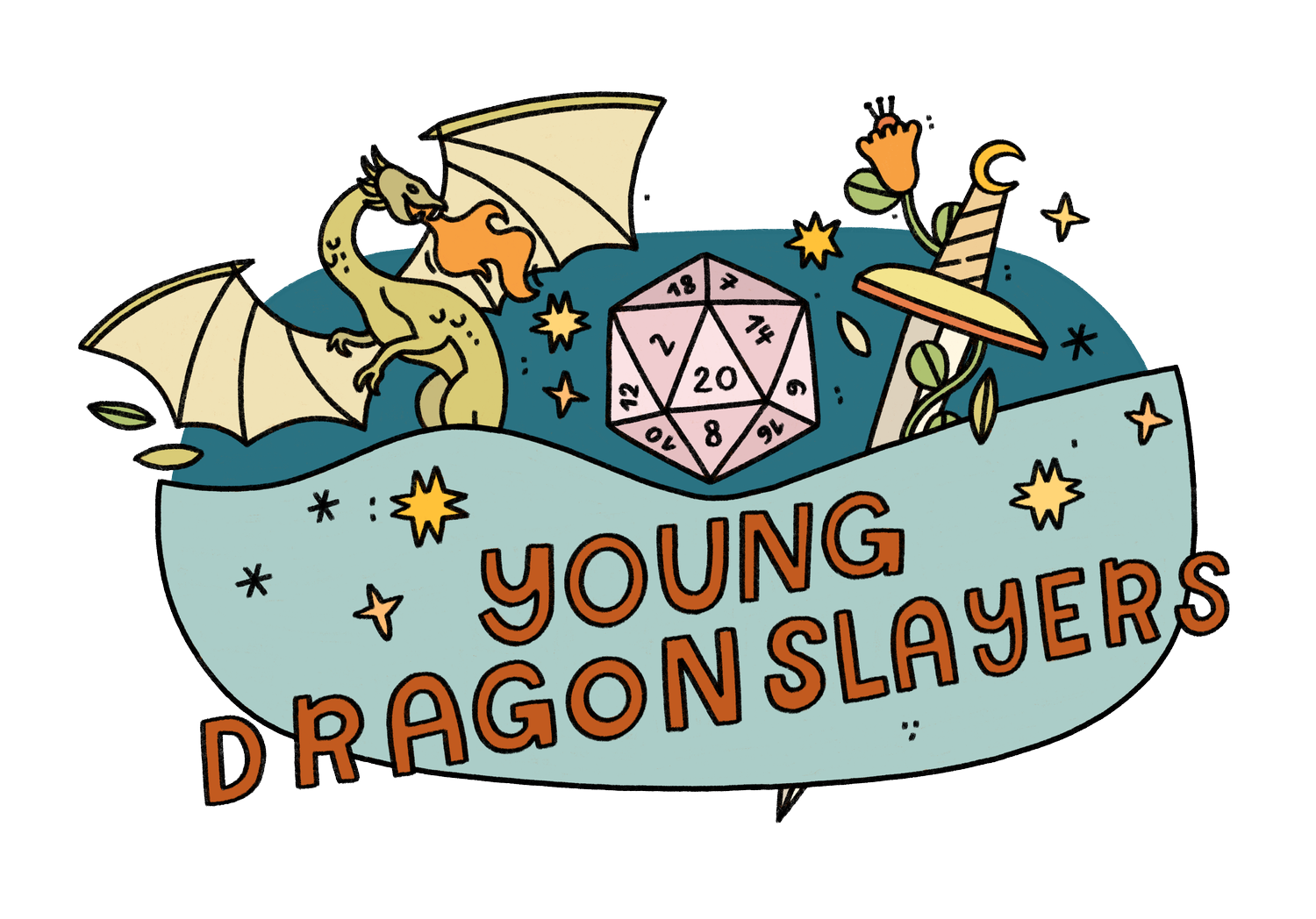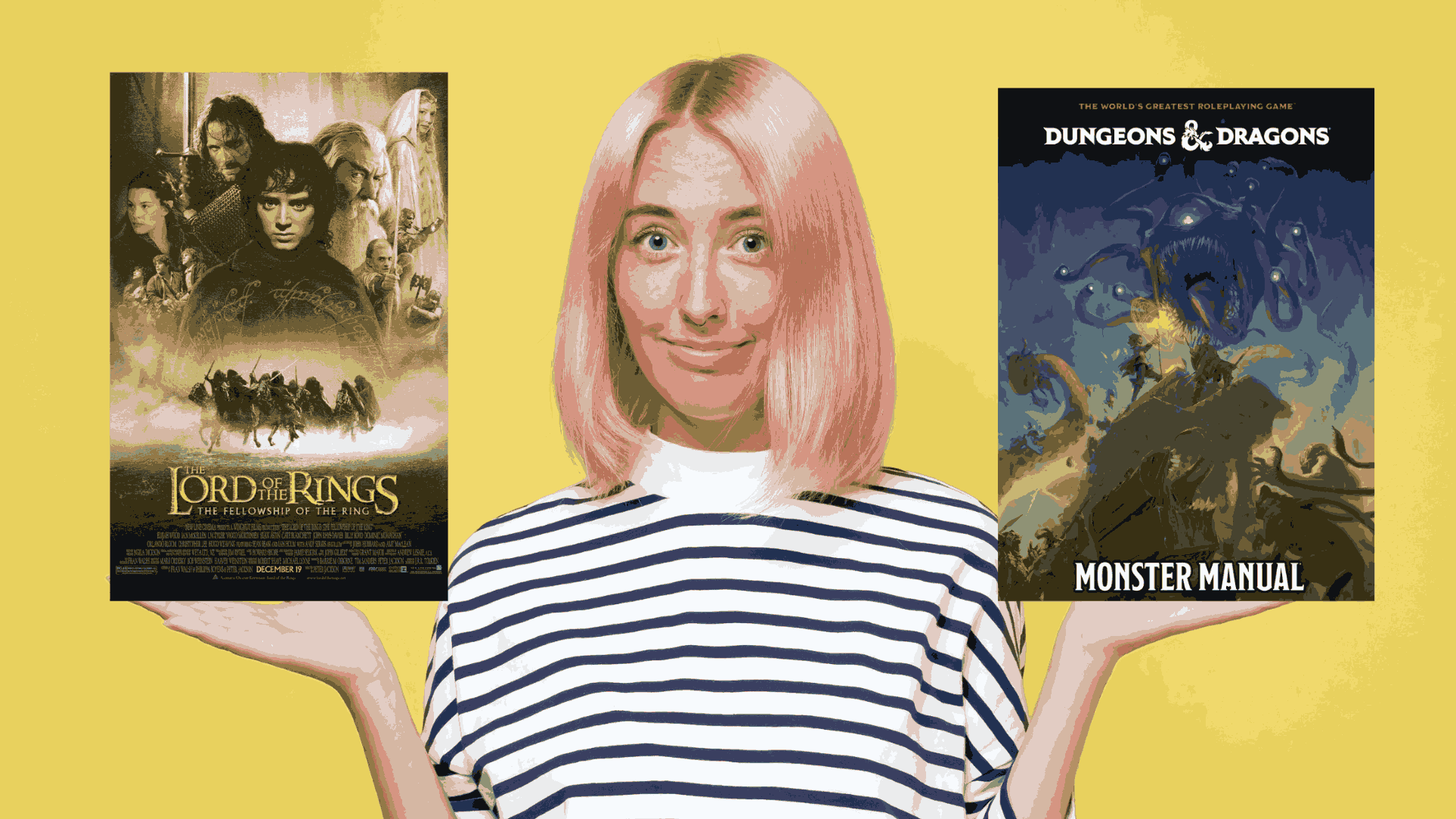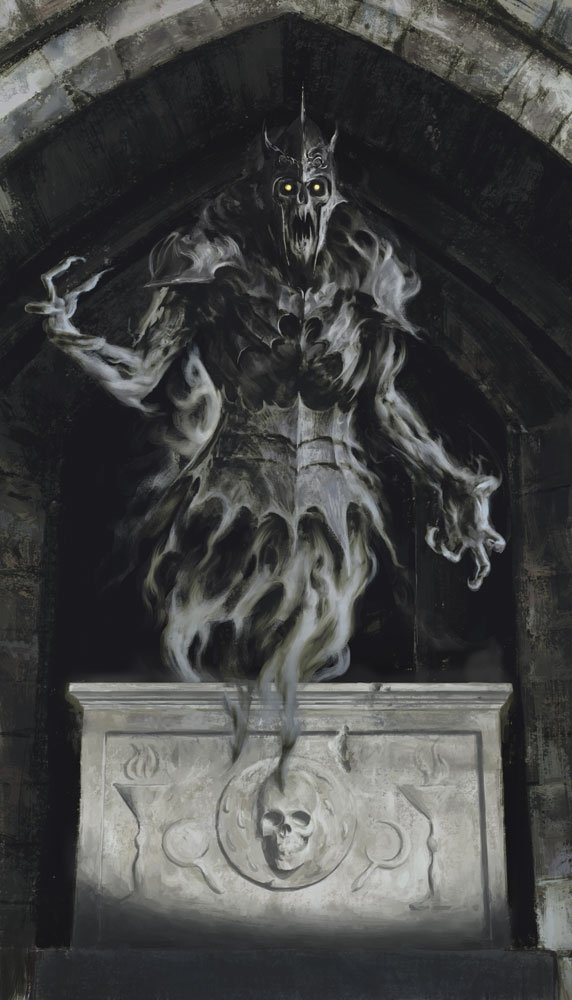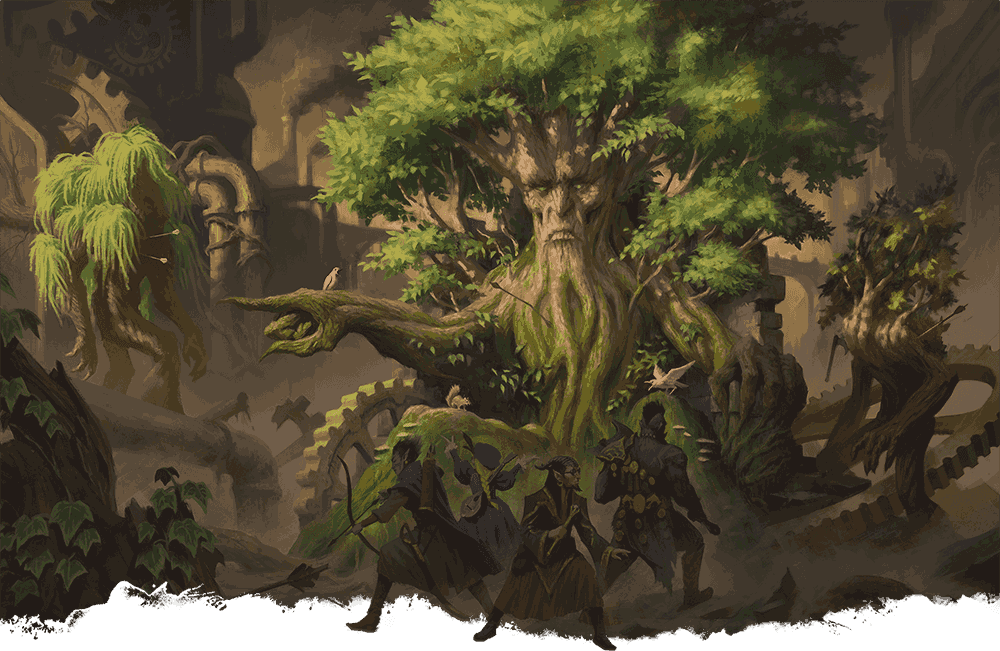Lord of the Rings D&D Monsters In the Monster Manual (2025)
The new Dungeons & Dragons Monster Manual brings a fresh look at popular monsters in D&D 5e. You may be familiar with some monsters, but did you know that many of them were actually directly inspired by Lord of the Rings? Here are a few classic monsters from the Lord of the Rings trilogy, their Dungeons & Dragons counterparts, and how the new D&D monsters shape up. From Balrogs to Ringwraiths, we’ve rounded up the best Lord of the Ring D&D Monsters the manual has to offer.
Did Lord of the Rings Inspire Dungeons & Dragons?
The very first version of Dungeons & Dragons was created by Gary Gygax and Dave Arneson. While Gary Gygax didn’t much care for Tolkien’s creations, Dave Arneson was a huge fan and used them as inspiration for the world, the monsters, and the tone of D&D. In fact, so much of Tolkien’s world ended up in D&D that J. R. R. Tolkien’s estate actually sued TSR, the company that made D&D! TSR made a few changes (no more hobbits!), but a lot of the Tolkien-inspired elements (like spectral wraiths, serene elves, giant spiders, and rugged dwarves) remain to this day.
What Is The Newest D&D Monster Manual?
In recent editions of Dungeons & Dragons, the Monster Manual is a book that contains stat blocks (armor class, hit points, ability scores, attacks, and the like) for the monsters that players might face in the game. They’re collected together so that a Dungeon Master has a book available for easy reference (and to come up with ideas for combat encounters)!
Currently, the latest edition of D&D is the fifth edition. Fifth edition has an original version, called the 2014 version, and a newer version, called the 2024 version (even though the Monster Manual technically came out in 2025 - the new version is a little confusing, but we’ve boiled it down for you). Here’s what you need to know for the Monster Manual: the 2014 Monster Manual still works perfectly fine with either the 2014 or 2024 ruleset, but if you want to use the updated versions of the monsters in the 2025 Monster Manual, you’ll need to switch over to the 2024 ruleset - there are a couple of extra bits that won’t work otherwise.
The Balrog is an Iconic LoTR Combat Encounter for Your D&D Campaign
In the world of Middle Earth, Balrogs come from Maiar (a powerful angelic being - these include Gandalf and Sauramon). These Maiar allied with the evil Morgoth and were corrupted by his evil, transforming into powerful demonic beasts called Balrog. They fight with maces, axes, whips, and swords infused with lava and flame. Though they’re large, they’re also intelligent, able to use magic, and agile, able to run and jump quickly. Fans of The Lord of the Rings will likely recognize the Balor Durin’s Bane from Return of the King. He wielded a fiery whip and sword of magma and went toe-to-toe with Gandalf, who narrowly avoided a TPK in one of the most epic scenes in movie history.
The first creators of Dungeons & Dragons were heavily inspired by Tolkien’s Balrogs and included them in the early editions of the game. But since Tolkien invented them, D&D got a legal slap on the wrist and promptly changed the creature’s name to “Balor.” In the 2024 Monster Manual, the inspiration is still clear. Balor are demonic (speaking Abyssal), powerful (with a whopping Challenge Rating of 19), and infused with fire (anybody standing close to a Balor will take Fire damage)! Much like the iconic Durin’s Bane, D&D’s Balors wield a flaming whip that can both deal damage and pull their enemies toward them. Unlike the Balrog’s flaming sword, a Balor’s sword is made of lightning. The Balor also explodes in a fiery inferno when it dies, and, unless it’s already in the Abyss, it respawns with full Hit Points!
Bring Ringwraiths Into Your Lord of the Rings D&D One Shot
Another enemy fans will recognize from the Lord of the Rings movies and books are the Ringwraiths, also known as Nazgûl in the original Black Speech. The Ringwraiths were once nine mortals who received the original rings of power; they’ve since become corrupted spirits, riding upon black horses as they search for the One Ring to bring to Sauron. The Ringwraiths wield longswords, daggers, and, in their leader’s case, a mace, but these are not their most powerful weapons. That would be their innate aura of fear and their voices that strike terror into all who hear it, often freezing the hearers (including some of Gondor’s most powerful warriors) in place. However, they’re not completely invincible; as creatures of the night, they are weak to both sunlight and fire.
Dungeons & Dragons’ Monster Manual has plenty of undead to choose from but the closest to the Nazgûl would have to be the Wraith. These are essentially ghostly beings who transform from espeically evil souls. Like the Ringwraith, D&D’s wraiths are sensitive to sunlight, but they actually have resistance to fire damage (as well as acid, cold, necrotic, and poison). They can also drain the lives of their enemies, like the Ringwraiths tried to do to Frodo, and some wield weapons like battleaxes or longbows. Though Wraiths don’t have the fear-inducing voices of the Nazgûl (that’s left to the Banshees), they can bring back the souls of the recently dead as Specters under their control!
How Ents from Lord of the Rings Inspired Dungeons & Dragons 5E
One of the important players in the iconic Battle of Helm's Deep from The Two Towers are the Ents. These creatures have protect the forests for millenia, looking more and more like the trees they defend as time passed. They’re large, strong, peace-loving creatures who are slow to act (and move), but quick to protect. As Treebeard, the Ent who finds the hobbits Merry and Pippin, tells them, Ents are more powerful than even trolls! With their huge size and strong wood-like frames, they smash through catapults and other structures, giving the Fellowship the advantage they need.
Though the treants of Dungeons & Dragons were directly inspired by Ents (and, before the Tolkien estate sued them, were literally just called Ents), they’ve diverged a bit from Tolkien’s version. Instead of regular creatures who grew to look like trees, Treants are just trees that were “awakened” - granted sapience through magic. But where their origins differ, their attitudes remain the same. Treants are defenders of nature who are slow to involve themselves in the affairs of humanoids. Like Ents, Treants are large (technically “Huge”) and powerful (they're especially good at breaking down buildings and objects). But because they were formed through the magic of the forest, they can wield it to their own ends. They can summon a hail of bark and even transform a regular tree into another treant!
Play Your Own LoTR Dungeons & Dragons Adventure
This is just the tip of the iceberg for Lord of the Rings inspiration in Dungeons & Dragons. In the game, you could fight a Giant Spider like Shelob, battle Worg-riding Goblins, or even play as a Hobbit - by which, of course, we mean a (legally-distinct) halfling. If you'd like to play this awesome game, our professional Dungeon Masters are here to help; we craft stories and adventures based on your interests. Whether it’s Lord of the Rings or Undertale, we can make it happen; I actually helped one of my players to build Gandalf as an Aasimar Wizard! And if you'd rather read through the new Dungeons & Dragons Monster Manual yourself and create an adventure as a Dungeon Master, you might want to check out our Dragon Leaders course - it’ll teach you all you need to start running your own creative Dungeons & Dragons one shot inspired by Lord of the Rings or any of your other favorite stories!






